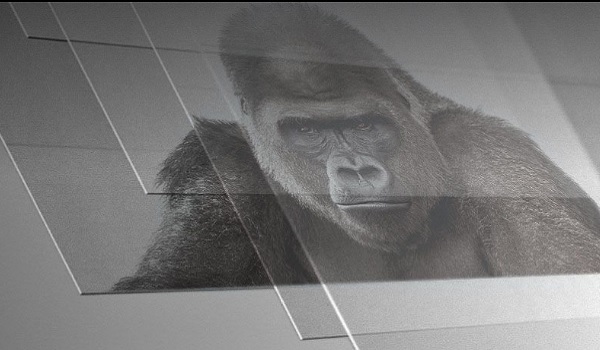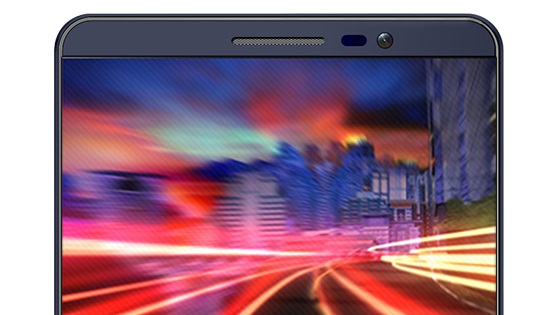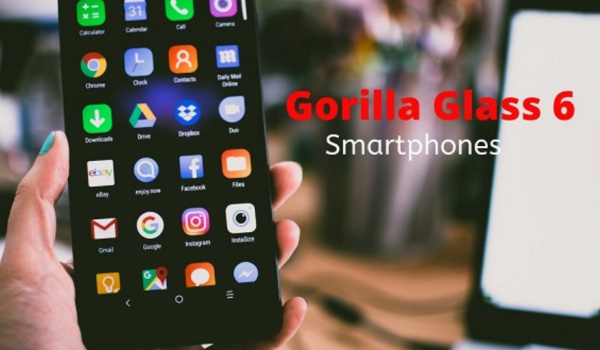Gorilla Glass is the most visible name in smartphone screen protection. Many high-end smartphones have Corning-protected displays. Over 33 brands use it, including: Amazon, Asus, Samsung, Nokia, Microsoft, HTC, LG, Motorola, Sony, OPPO, Xiaomi, and ZTE. Yet, it is not the only toughened glass brand available on today’s smartphones. Gorilla Glass alternatives are in use by many mobile manufacturers around the world.
Table of Contents
What Is Toughened Glass?
Toughened or tempered glass is a type of safety glass processed by controlled thermal or chemical treatments to increase its strength compared with normal glass. Most are aluminosilicate sheet glass.
Having a toughened glass display makes your smartphone’s screen fairly scratch and damage resistant. Note that if your smartphone has toughened glass, it may not really need a screen protector.
Note also that it does not mean that your smartphone display is unbreakable or cannot be scratched at all. It just makes it more difficult. However, should your screen break or crack, it won’t shatter the way ordinary glass does. The cracked screen is likely to remain usable too. Without any form of toughened glass protection, the damaged screen would likely become totally useless.

Gorilla Glass and its alternatives are all one form of chemically toughened glass or the other. It bears repeating that while Gorilla Glass provides some protection from scratches and shatter, it is not scratch-proof or break-proof. So while your phone’s screen may not shatter if it drops, it may crack and is still prone to scratches.
Also note that the chemical composition of glass is impacted with each shock impact, so your phone screen may not shatter on the first few drops but it will at some point, if you keep dropping it.
Also, whether or not your phone screen cracks or breaks is dependent on a number of factors, including the distance of the fall, the hardness of the surface it falls on, and the thickness of the protective glass, among others.
How strong is Gorilla Glass and other toughened glass?
The simple answer is: It depends. The longer form is this: no matter how tough Gorilla Glass (or any of its alternatives) is, how each smartphone manufacturer uses it is what determines how strong it is. The factor we are looking at here is thickness. The thicker the layer of toughened glass protection, the stronger it is.
You would think that smartphone manufacturers would just put the thickest possible layer on their phones for maximum protection. But as you already know, smartphone makers are in a race to build the thinnest phones possible, so that never happens.
Apple’s iPhone has toughened glass protection but has a big crack rate. You know why: Apple aims for the thinnest possible profile for its phones. To achieve that, they often use the thinnest possible layer of toughened glass.
But note that even when cracked, the glass often does not shatter and the screen usually remains usable. Without the toughened glass, the damage would be greater and the screen likely unusable at all.
List of Gorilla Glass Alternatives and Competitors: Other Screen Protection Brands
Here is a breakdown of some of the most prominent Gorilla Glass alternatives and competitors in use today by mobile manufacturers:
Dragontrail Glass
Dragontrail is manufactured by Asahi Glass Co. of Japan. It is (or has been) used by the following brands: Google Pixel, Oneplus, Sony, Samsung, Xolo, Lava, ZTE, Xiaomi, Innjoo, and Samsung. Read more about Dragontrail here.
Xensation Glass
Schott AG of Germany makes Xensation, another toughened glass brand. It is newer in the market than Gorilla Glass, and the brands that I can confirm use it include Huawei, Honor, OPPO, and Vivo. Some Fero phones also use Xensation Glass screen protection.
Sapphire Glass
There is also Sapphire glass. Being made from sapphire, it is really strong, though it is more of a scratch-resistant material than a shatter-resistant one. Sapphire scores just below diamond in terms of scratch-resistance. But the challenges with implementing it on mobile have been cost, thickness, and the fact that it isn’t malleable. However, it looks like Apple might be finding a way to deal with the first two of those issues.
Considering that almost a quarter of iPhone users end up with a broken screen (and Apple has refused to name the toughened glass used on iPhones till date), Sapphire glass on iPhones would be a welcome development. Are there any manufacturers already using sapphire glass now? Sure: Vertu. If you can afford their $10,000 TI, for example, you’ve got a display protected by the second toughest substance in nature.

Concore Glass
Cornings also produces a Gorilla Glass alternative, Concore Glass. What are the differences between Gorilla Glass and Concore Glass? Gorilla is built as a layer on the phone’s display, while Concore is built into the display – allowing for thinner displays. But – and a big but – building the protection glass into the display results in higher production costs.
It also means that should the display crack or break, you have to replace the whole screen unit, not just the toughened glass, as is the case with Gorilla Glass. Again, it boils down to costs: you spend more to repair a damaged Concore Glass display.
Dinorex Glass
Dinorex Glass is a product of Nippon Electric Glass (NEG). The name Dinorex is coined from the reputation of dinosaurs for toughness and strength. Manufacturers using Dinorex include: Umi, Meizu, and BQ.
Panda King Glass
Panda King Glass is an alkali-aluminosilicate sheet glass – toughened glass – manufactured by Tunghsu Group. Panda makes screen protectors and cases for Apple iPhones. It is also in use on Fero smartphones.
Conclusion

In conclusion, that your smartphone does not have Gorilla Glass does not mean that it does not have screen protection. Check the specifications sheet. You may find some other brand of protection glass listed there.
Your Questions Answered
Here are frequently asked questions about Gorilla Glass and its glass competitors. The answers below apply to all of Gorilla Glass’ alternatives.
Is Gorilla Glass unbreakable?
Gorilla Glass is tough and strong but no glass is unbreakable. If enough force is applied, Gorilla Glass will break. Also, how well Gorilla Glass protects your phone screen depends on the thickness applied by the manufacturer. The thicker the layer of Gorilla Glass used, the stronger it is, which reduces the chances that it will break.
Do you need tempered glass screen protector with Gorilla Glass?
For the most part, tempered glass screen protector is a sheet that protects your smartphone screen from scratches and minor drops, while Gorilla Glass protects it more from bigger drops and harder force. Gorilla Glass is much stronger than a screen protector, but both have their different strengths. It doesn’t hurt to still use a tempered glass screen protector on your phone even if it has Gorilla Glass or any of the other toughened glass protection brands

